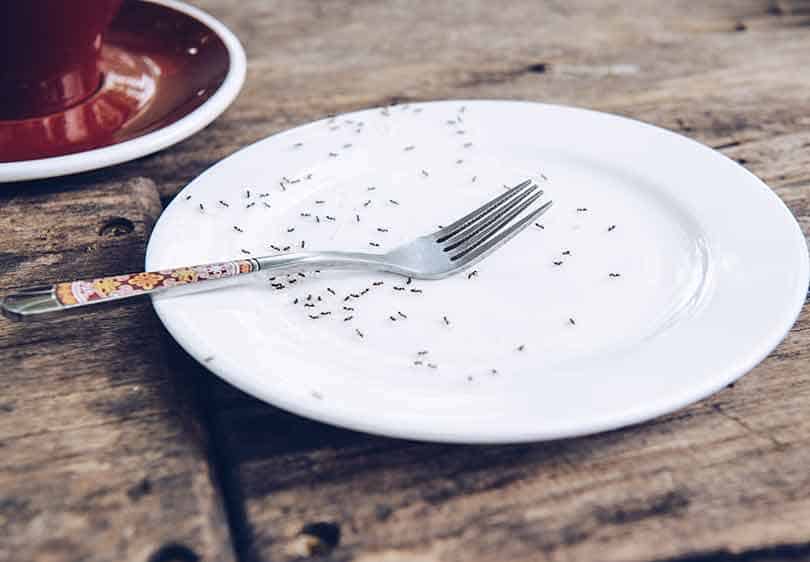Reliable Pest Control Solutions for Vole Infestations

In the realm of bug control, vole problems provide a special challenge that requires a strategic technique. By diving into the complexities of vole habits and exploring an array of control techniques, an extensive pest management strategy tailored to these evasive animals can be crafted. From natural repellents to cutting-edge trapping techniques, the arsenal versus vole problems is multi-faceted.
Understanding Vole Habits
Voles, small rodents typically located in fields and gardens, show distinctive behavior patterns that are critical to recognize when applying pest control steps - utah vole control. These animals are respected diggers, creating a substantial network of tunnels underground where they nest, store food, and seek shelter from predators and severe weather condition. Voles are herbivores and mainly eat lawns, roots, seeds, and light bulbs, making areas and gardens ideal environments for them
One secret behavior of voles is their rapid price of recreation. Ladies can offer birth to several litters every year, with litter sizes varying from three to 6 puppies. This high reproductive ability permits vole populaces to swiftly increase, leading to infestations if left untreated.
Comprehending vole behavior additionally includes acknowledging their patterns of activity and foraging. Voles develop surface area runways in verdant locations as they travel in between their burrows and food sources. By observing these runways and the places of burrow entries, pest control specialists can recognize high-traffic areas and tactically location traps or deterrents to successfully manage vole populations.
All-natural Repellents and Deterrents
With an understanding of vole actions as a foundation, checking out all-natural repellents and deterrents becomes vital in efficiently handling vole problems in areas and yards. In addition, integrating predator urine, such as that of prairie wolves or foxes, around the yard boundary can create a natural obstacle that indicates threat to voles, urging them to stay away.
Additionally, making use of castor oil-based repellents can disrupt vole passages as they discover the scent and preference undesirable, prompting them to relocate. Mulching with products like gravel, lava rocks, or rugged sand can additionally deter voles as they do not like digging through these harsh compounds. Executing a combination of these natural repellents and deterrents can assist properly handle vole populaces in a safe and sustainable fashion, protecting crops and yards from vole damages.
Capturing Techniques for Voles

Snap catches are developed to kill voles immediately upon activation. These traps must be put in areas where voles are understood to take a trip, such as close to burrow entries or along their runways. It is necessary to examine snap traps frequently and deal with any type of captured voles quickly to make sure the performance of the trapping procedure.
Live catches are a more gentle option for those that wish to record voles without hurting them. When a vole is captured in an online catch, it can be securely carried to a different location and launched unhurt. Live traps need to be checked frequently to stop stress and anxiety or damage to the captured voles.
When establishing catches for voles, it is vital to consider their habits and routines to boost the chance of success (vole control service). By utilizing the proper capturing methods, vole populaces can be successfully taken care of, reducing the damages they create to agricultural and yard locations
Implementing Physical Obstacles
To better strengthen the defense against vole problems, the strategic execution of physical barriers arises as an aggressive measure to guard farming and garden locations. Physical obstacles such as wire mesh, equipment fabric, or fences can be installed underground to protect against voles from burrowing into gardens or areas.
Additionally, the use of tree guards or trunk wraps made of steel or plastic can shield tree trunks from vole damages during wintertime months when other food resources are limited. These guards must extend above the expected snow line to protect against voles from gnawing on the bark. Normal inspection and upkeep of these obstacles are important to ensure their continued performance in hindering vole breaches and securing important crops and plants.
Integrated Pest Management Approaches
Integrating different insect control approaches, consisting of organic controls, habitat adjustment, and surveillance, forms the basis of reliable Integrated Bug Administration methods for dealing with vole infestations. Biological controls include introducing natural predators of voles, such as snakes or owls, to the affected location to help in reducing vole populations. Habitat adjustment concentrates on modifying the setting to make it much less beneficial for voles, such as decreasing ground cover or getting rid of food resources. Monitoring plays a crucial function in Integrated Parasite Administration by permitting for the early discovery of vole invasions and evaluating the effectiveness of control methods employed.
Final Thought
To conclude, efficient insect control services for vole problems involve comprehending vole behavior, utilizing all-natural repellents and deterrents, implementing trapping methods, and setting up physical barriers. Integrated pest monitoring techniques can additionally be used to resolve vole invasions adequately. By combining these methods, homeowner can effectively alleviate and manage vole populaces without the need for extreme chemical use.
With an understanding of vole habits as a foundation, checking out natural repellents and deterrents ends up being crucial in properly handling vole problems in areas and yards. Carrying out a combination of these natural repellents and deterrents can assist effectively handle vole populaces in a sustainable and safe manner, guarding crops and gardens from vole damage.
Incorporating different insect control techniques, consisting of organic controls, environment manipulation, and tracking, creates the basis of effective Integrated Insect Monitoring methods for attending to vole infestations. Organic controls entail introducing all-natural killers of voles, such as serpents or owls, to the damaged location to help decrease vole populations (vole control utah).In final vole control utah county thought, efficient pest control services for vole problems entail comprehending vole actions, utilizing all-natural repellents and deterrents, implementing capturing methods, and establishing up physical obstacles